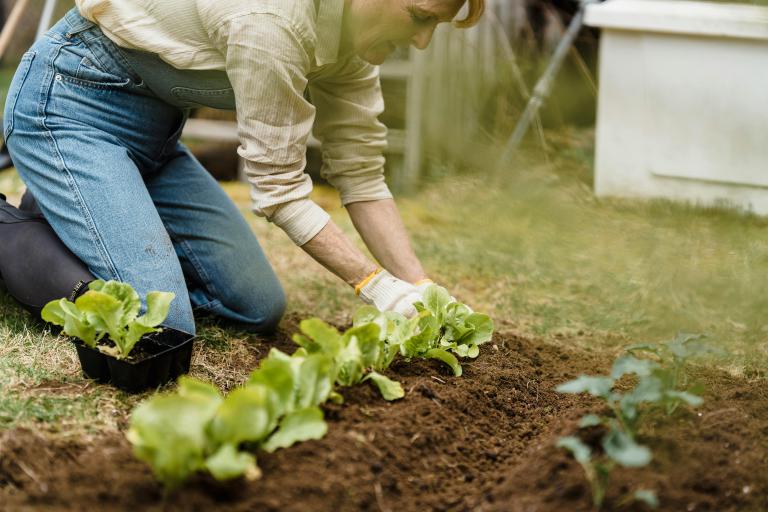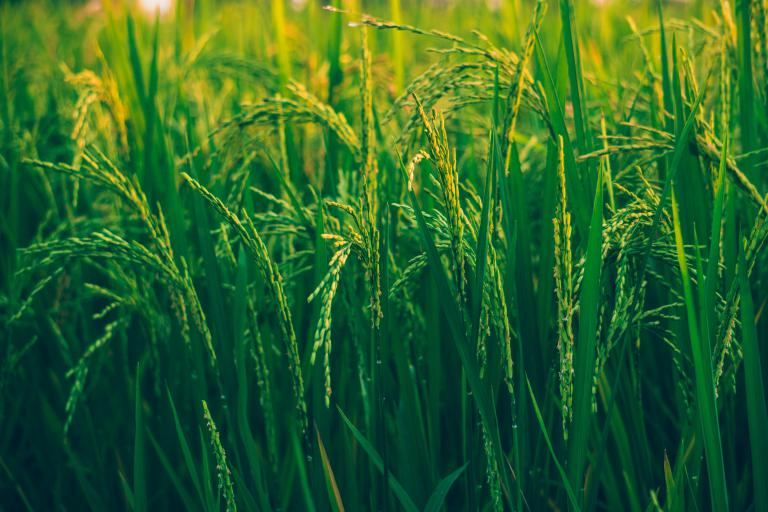Spring Gardening: Top Vegetables to Plant for a Flourishing Harvest
As winter’s chill retreats and the gentle warmth of spring settles in, gardeners everywhere feel a stirring ambition to till the soil and nurture seeds of hope. Spring gardening is not only a time for planting but also for dreaming of vibrant, homegrown produce that bursts with flavor and nutrition. Whether you’re a seasoned gardener or a beginner digging into the world of greens, selecting the right vegetables can lead to an abundant harvest. Let’s dig deeper into the top vegetables to plant this season and the reasons behind their selection.
1. Lettuce and Greens: Fast-Track to Freshness
Why Plant Them?
Lettuce and its leafy cousins—spinach, kale, and arugula—are among the quickest crops to mature, often ready to harvest in as little as 30 days. The mild weather of spring is their sweet spot, allowing them to thrive without bolting (flowering and becoming bitter) in the heat of summer.
How to Grow:
For best results, sow seeds directly into well-composted, moistened soil. A succession planting every two weeks provides a continuous supply of fresh greens. Opt for varieties like butterhead for its tender leaves or romaine for a crunchy texture that elevates salads.
Practical Benefits:
Fresh, homegrown greens provide an array of vitamins A, C, and K, and can lead to significant savings at the grocery store. Imagine a vibrant salad brimming with colors right from your backyard—it's not only healthy but immensely satisfying.
Challenges to Consider:
Both pests and weather can pose challenges. Aphids, for example, love to munch on tender leaves, while unexpected frosts can damage more delicate varieties. To mitigate this, consider using row covers or mesh to create a protective barrier.
2. Radishes: A Quick Crop with Crunch
Why Plant Them?
With a growth cycle of just 25 days, radishes are the perfect crop for impatient gardeners. They thrive in the cooler temperatures of early spring, and their peppery crunch adds excitement to salads and sandwiches.
How to Grow:
Sow radish seeds directly into well-drained soil, spaced evenly to avoid overcrowding. Varieties like Cherry Belle are ideal for spring planting, while French Breakfast radishes offer a unique, elongated appearance.
Practical Benefits:
Aside from their fast growth, radishes break the soil as they grow, preparing the bed for subsequent plantings during the busy summer months. They are also rich in antioxidants, providing a nutritional punch that can be enjoyed raw or pickled.
Challenges to Consider:
However, ensure that the soil is not too rich in nitrogen; too much can lead to lush greens with stunted roots. Also, these tasty roots suffer in overly dry conditions, so regular watering is crucial for maintaining their crispness.
3. Peas: A Taste of Sweet Spring
Why Plant Them?
Sweet and tender, peas are a delightful herald of spring, pulling gardeners into the sunny warmth with visions of harvest. They prefer cool weather and can be planted outdoors as soon as the soil can be worked, making them an ideal candidate for early spring gardening.
How to Grow:
Plant sugar snap or snow peas alongside a trellis, as these varieties love to climb. Their vining nature not only saves garden space but also adds visual appeal. Peas can be sown in neat rows and need regular watering and light mulching for moisture retention.
Practical Benefits:
Beyond their delightful taste, peas are a fantastically nutritious vegetable, high in protein, vitamins, and fiber. Plus, they enrich the soil by fixing nitrogen, making them an excellent choice for crop rotation.
Challenges to Consider:
Peas can be susceptible to root rot in waterlogged soil, so good drainage is essential. Additionally, be vigilant against aphids and fungal diseases, particularly during wet springs.
4. Carrots: Underground Delights
Why Plant Them?
Carrots take a bit longer to mature—about 70 to 80 days—but the sweet rewards are worth the wait. Their vibrant color, crunchy texture, and versatility in the kitchen make them a staple in many gardens.
How to Grow:
Sow seeds directly into loose, sandy soil that allows their roots to develop fully. Thin seedlings early to avoid overcrowding, ensuring they have space to grow long and straight. Varieties such as Nantes and Imperator are popular for their flavor and texture.
Practical Benefits:
A homegrown carrot, pulled straight from the earth and washed, offers a sweetness and freshness that far surpasses store-bought varieties. Rich in beta-carotene, they support eye health and are a favorite for both raw snacks and cooked dishes.
Challenges to Consider:
Carrots can struggle if soil is compacted or if they don’t receive enough moisture. Moreover, be cautious of pests like carrot flies. Using insect netting can serve as an effective deterrent.
5. Tomatoes: The Crown Jewel of the Garden
Why Plant Them?
While often not planted until later in spring due to their frost sensitivity, tomatoes are arguably the most beloved garden crop, boasting a juicy payoff and endless culinary uses. The aroma of homegrown tomatoes is simply unmatched, triggering memories of summer salads and freshly made salsa.
How to Grow:
Start seeds indoors about 6-8 weeks before the last frost date, transplanting hardened seedlings outdoors when danger of frost is past. Stake or cage plants as they grow to ensure optimal air circulation and fruit development.
Practical Benefits:
Tomatoes are rich in vitamins C and K and contain lycopene, an antioxidant linked to various health benefits. A bountiful harvest not only enhances meals but can also be canned or preserved for enjoyment year-round.
Challenges to Consider:
However, growing tomatoes requires attention. Issues like blossom end rot, wilt, or pests such as hornworms can hinder growth. Implement proactive measures like regular watering and crop rotation to mitigate these challenges.
Conclusion: A Season of Growth and Bounty
As you embark on your spring gardening journey, remember that each seed planted is a promise of growth, a connection to the earth, and a step toward sustainability and self-sufficiency. The top vegetables discussed—lettuce, radishes, peas, carrots, and tomatoes—represent diverse flavors and nutritional benefits, making them perfect ambassadors of your garden during this vibrant season.
Be prepared to encounter challenges, but don’t be disheartened; every obstacle is a lesson that shapes your gardening experience. So grab your gloves, gather your seeds, and let the nurturing of life begin! Your flourishing harvest awaits, ready to grace your table with the rich flavors of your labor. Happy gardening!





